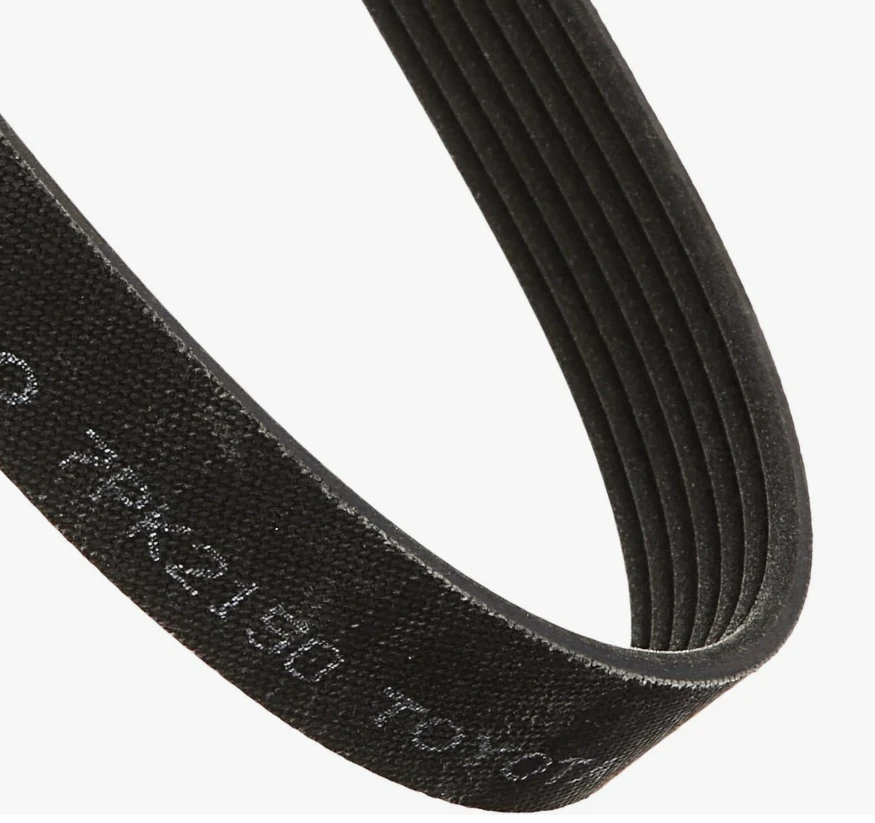- Arabic
- French
- Russian
- Spanish
- Portuguese
- Turkish
- Armenian
- English
- Albanian
- Amharic
- Azerbaijani
- Basque
- Belarusian
- Bengali
- Bosnian
- Bulgarian
- Catalan
- Cebuano
- Corsican
- Croatian
- Czech
- Danish
- Dutch
- Afrikaans
- Esperanto
- Estonian
- Finnish
- Frisian
- Galician
- Georgian
- German
- Greek
- Gujarati
- Haitian Creole
- hausa
- hawaiian
- Hebrew
- Hindi
- Miao
- Hungarian
- Icelandic
- igbo
- Indonesian
- irish
- Italian
- Japanese
- Javanese
- Kannada
- kazakh
- Khmer
- Rwandese
- Korean
- Kurdish
- Kyrgyz
- Lao
- Latin
- Latvian
- Lithuanian
- Luxembourgish
- Macedonian
- Malgashi
- Malay
- Malayalam
- Maltese
- Maori
- Marathi
- Mongolian
- Myanmar
- Nepali
- Norwegian
- Norwegian
- Occitan
- Pashto
- Persian
- Polish
- Punjabi
- Romanian
- Samoan
- Scottish Gaelic
- Serbian
- Sesotho
- Shona
- Sindhi
- Sinhala
- Slovak
- Slovenian
- Somali
- Sundanese
- Swahili
- Swedish
- Tagalog
- Tajik
- Tamil
- Tatar
- Telugu
- Thai
- Turkmen
- Ukrainian
- Urdu
- Uighur
- Uzbek
- Vietnamese
- Welsh
- Bantu
- Yiddish
- Yoruba
- Zulu
Abe . 11, 2024 11:32 Back to list
hnbr rubber timing belt
The Advantages of HNBR Rubber in Timing Belts
In the world of mechanical engineering and automotive technologies, timing belts play a vital role in the efficient functioning of an engine. One of the most promising materials for manufacturing these belts is Hydrogenated Nitrile Butadiene Rubber (HNBR). This article will explore the advantages of HNBR rubber timing belts and why they are becoming increasingly popular in various applications.
What is HNBR?
Hydrogenated Nitrile Butadiene Rubber (HNBR) is a synthetic rubber that is created by the hydrogenation of Nitrile Butadiene Rubber (NBR). This process enhances its properties, making it more chemically stable, resistant to heat, and less prone to aging, which significantly prolongs the lifespan of products made from it. HNBR is particularly known for its exceptional durability and resilience against extreme environmental conditions.
Key Advantages of HNBR Rubber Timing Belts
1. Heat Resistance
One of the most significant advantages of HNBR rubber timing belts is their high heat resistance. Traditional timing belts made from regular rubber can succumb to thermal degradation at elevated temperatures. HNBR, on the other hand, can withstand temperatures reaching up to 150°C (302°F) without losing its mechanical properties. This makes HNBR timing belts ideal for high-performance applications where engines often produce substantial heat.
2. Chemical Resistance
HNBR exhibits an impressive resistance to oils, fuels, and various chemicals. This property is particularly crucial in automotive applications, where exposure to oils and fuel can lead to the degradation of conventional rubber materials. HNBR timing belts maintain their integrity and performance even when subjected to these harsh substances, ensuring a longer service life and higher reliability.
3. Low Compression Set
hnbr rubber timing belt

Another remarkable feature of HNBR is its low compression set, which means that it resists permanent deformation when subjected to compressive loads. This is essential for timing belts, as they need to maintain their shape and tension over time to ensure proper functioning of the engine's timing system. With lower compression set values, HNBR timing belts can maintain their performance characteristics longer than those made from conventional materials.
4. Enhanced Mechanical Properties
HNBR offers superior tensile strength and tear resistance compared to traditional rubber materials. This means that timing belts made from HNBR can handle high levels of stress and strain without failure, making them suitable for applications in both automotive and industrial settings. Their durability helps in reducing replacement costs and minimizes downtime in operations.
5. Ozone and Weather Resistance
Unlike many other rubber compounds, HNBR is resistant to ozone and UV radiation, which can lead to the deterioration of rubber over time. This characteristic is crucial for applications exposed to outdoor environments or fluctuating weather conditions. HNBR timing belts maintain their physical integrity and performance, ensuring reliable operation throughout their expected life cycle.
Applications of HNBR Timing Belts
Given their numerous advantages, HNBR rubber timing belts are used across various sectors. In the automotive industry, they are commonly found in engines that require precise timing synchronization between crankshafts and camshafts. Beyond vehicles, HNBR timing belts are also utilized in industrial machinery, where reliability and high performance are essential.
Conclusion
As industries continue to seek materials that offer superior performance in demanding conditions, HNBR rubber timing belts stand out as a reliable solution. With their heat resistance, chemical stability, low compression set, enhanced mechanical properties, and weather resistance, HNBR timing belts provide an excellent foundation for improved efficiency and longevity in various applications. As technology advances, the adoption of HNBR in timing belts is likely to increase, setting a new standard for performance and reliability in the field of mechanical engineering. Whether for automotive or industrial purposes, the future looks promising for HNBR rubber timing belts.
-
Korean Auto Parts Timing Belt 24312-37500 For Hyundai/Kia
NewsMar.07,2025
-
7PK2300 90916-T2024 RIBBED BELT POLY V BELT PK BELT
NewsMar.07,2025
-
Chinese Auto Belt Factory 310-2M-22 For BMW/Mercedes-Benz
NewsMar.07,2025
-
Chinese Auto Belt Factory 310-2M-22 For BMW/Mercedes-Benz
NewsMar.07,2025
-
90916-02660 PK Belt 6PK1680 For Toyota
NewsMar.07,2025
-
drive belt serpentine belt
NewsMar.07,2025

